As a producer, understanding different song structures can significantly elevate your music-making process.
It can give you the power to craft tracks that truly resonate with your listeners on a deeper, more emotional level.
However, if you’re not familiar with these structures, the world of songwriting and beat-making can seem complex and overwhelming.
But don’t worry, this article can be your ultimate guide.
In today’s article, we’ll be breaking down:
- Basics of different song structures ✓
- Each specific spection of a song ✓
- Common song structures ✓
- Chord progressions: their importance & manipulation ✓
- Innovative song structure approaches ✓
- Advanced song structure tips, tricks, and techniques ✓
By the end of this article, you’ll have the knowledge and insight to not only understand but also successfully write and produce songs in various song structure types.
Embracing this journey into the art of song structuring will transform your music production game tenfold.
So, let’s dive in…
Table of Contents
Understanding Basic Song Structure
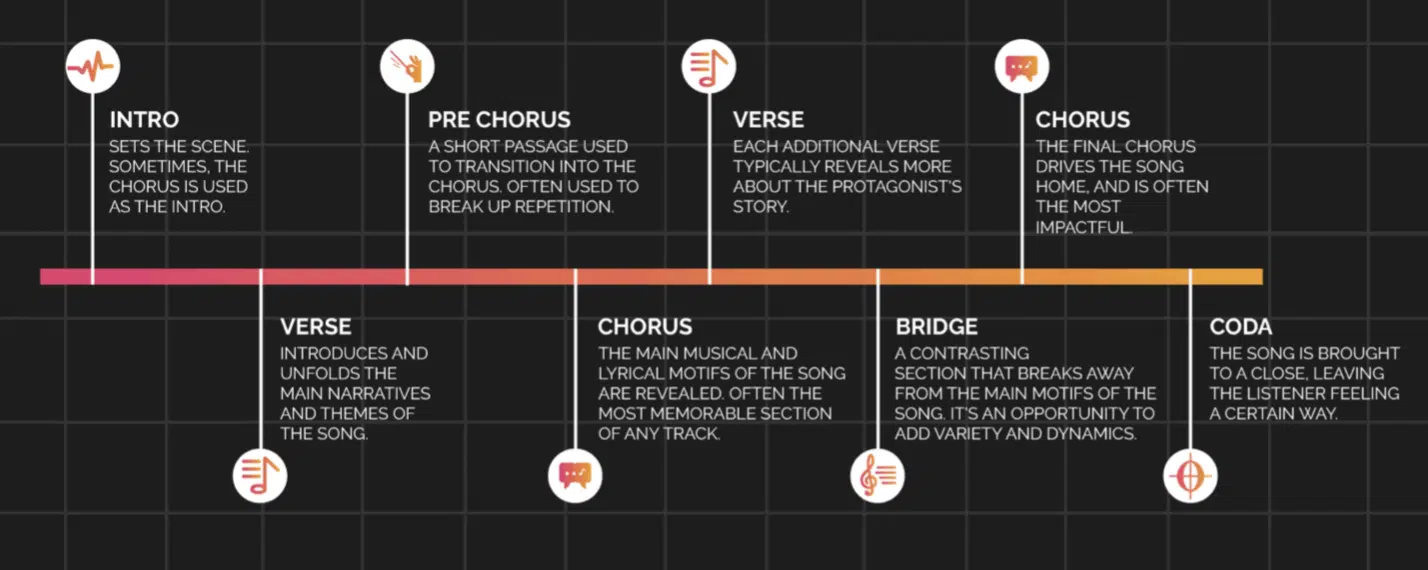
Song structure forms the backbone of every track.
Song structure refers to the order in which different sections of a song, such as:
- Intros
- Verses
- Choruses/Pre-Choruses
- Bridges
- Hooks
- Etc.
This structural framework completely shapes how a listener perceives and processes your music.
By controlling the song structure, you essentially control the narrative.
You decide when to introduce new themes, when to repeat familiar ones, and when to offer contrast.
It’s like the plot of a great story 一 guiding your listener through the emotional and sonic journey you’ve crafted.
When creating a song, remembering the foundational song structure elements and understanding their traditional placements, can make-or-break you tracks.
However, in the evolving landscape of song structures, bending and breaking these rules can also lead to innovation.
Hip-hop, with its emphasis on lyrical storytelling and rhythmic innovation, often utilizes these song structure pillars in unique ways.
It reshapes and refines traditional song structures in order to create groundbreaking tracks.
So, let’s dive deeper into each unique song structure section.
Diving Into Each Song Section
Diving deep into the world of songwriting and song structure, we uncover the intricate layers that shape our favorite tunes.
From iconic pop songs to timeless classics, understanding the essence of each section helps create memorable melodies.
Let’s delve into the fundamental building blocks of songs, where each segment offers a unique perspective, drawing listeners into the heart of the music.
-
The Versatile Verse

The verse acts as the storyteller of a song, painting vivid imagery and setting the emotional tone.
In popular music, the verse’s essence lies in its adaptability.
While it prepares the listener for the chorus, it’s also where the tale unfolds; progressing with each iteration.
In many pop songs, the verse-chorus structure is prevalent.
Here, the verse isn’t just about storytelling 一 it sets the context, building anticipation for the impactful chorus.
The changing lyrics across verses ensure that the narrative progresses, keeping listeners engaged.
Interestingly, while the lyrics of verses in a song change, many pop songs maintain the same melody across these verses.
This familiarity (which ultimately makes the melody interesting), combined with evolving lyrics, creates a comforting yet dynamic beat/song.
It really captures the listener’s attention.
Diverse in its approach, the verse is where songwriters often experiment.
Whether introducing a character in the narrative, setting a scene, or delving deep into emotions, the verse offers a vast canvas for creativity.
-
Crafting a Catchy Chorus
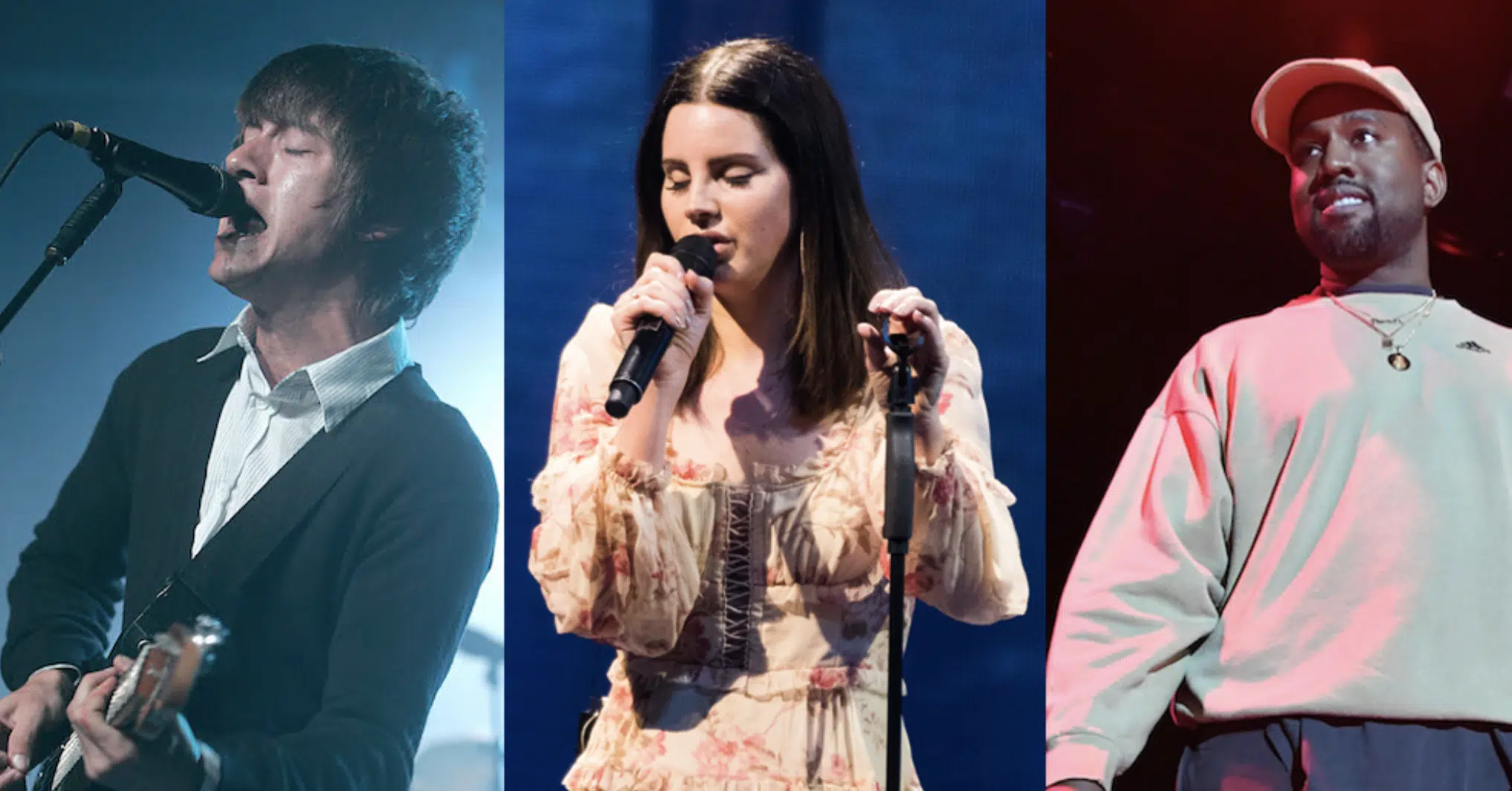
The chorus is the heart and soul of many hip hop and pop songs.
Serving as the song’s anthem, it’s designed to be memorable and encapsulates the track’s core message or emotion.
In the verse-chorus structure that dominates popular music (in genres like hip-hop, trap, r&b, lofi, rock, etc.), the chorus stands out as the section that listeners eagerly await.
A unique trait of choruses in popular music is the repetition of the same lyrics and melody.
This repetition ensures the primary theme or emotion of the song resonates deeply 一 making it the segment most listeners hum or sing along to.
The power of a well-constructed chorus cannot be understated.
The best choruses are those that, while repetitive in nature, never feel monotonous.
Instead, they amplify the song’s essence, especially when they culminate in the final chorus.
Crafting an effective chorus often involves striking a balance; while it should be catchy and memorable, it shouldn’t overshadow the verses.
The synergy between the two determines the song’s overall impact.
-
The Power of the Pre-Chorus

The pre-chorus is a pivotal song structure section, often underrated.
It acts as a bridge, smoothly transitioning listeners from the narrative-driven verse to the anthem-like chorus.
It’s the:
- Build-up
- Crescendo
- Moment of heightened anticipation
In the vast landscape of song form, the pre-chorus offers a twist.
While verses and choruses might carry familiar melodies, the pre-chorus introduces a different tune 一 adding a layer of complexity and intrigue.
Pop songs that masterfully employ the pre-chorus ensure that the chorus’s arrival feels earned.
It’s not just a mere transition; it’s an experience, an emotional roller-coaster, climaxing into the chorus.
Incorporating a pre-chorus requires finesse; while it should be distinct, it shouldn’t feel out of place.
Its strength lies in enhancing the song form, bridging the verse and chorus seamlessly.
-
Bridging the Gap: B Sections & Beyond

The bridge, often termed the ‘B Section’, serves as a breath of fresh air within a song’s architecture.
Unlike verses and choruses (which capitalize on repetition), bridges introduce a contrasting melody or chord progression.
Their role?…
To rejuvenate the listener’s ear and to add an unexpected twist in the tale.
Essentially, it prevents the song from becoming:
- Way too predictable
- Boring/basic
- Unmemorable
In many iconic pop songs, bridges not only provide a musical diversion but also delve deeper into the song’s narrative or theme.
This break from the recurring melody and lyrics allows the songwriter a moment of reflection or a change in perspective.
The bridge essentially amplifies the story’s depth 一 enriching the overall listening experience.
Most songs, especially within the verse-chorus structure, utilize the bridge to build tension leading to the final chorus.
It’s the climax of the song, a moment that either escalates emotions or offers a resolution and paves the way for the song’s conclusion.
Crafting an effective bridge is an art in itself.
The challenge is to introduce something novel without alienating the listener.
It should feel like a natural progression, despite its contrasting nature, seamlessly fitting within the song’s overall framework.
-
Song Intros & Outros: Bookending Your Track
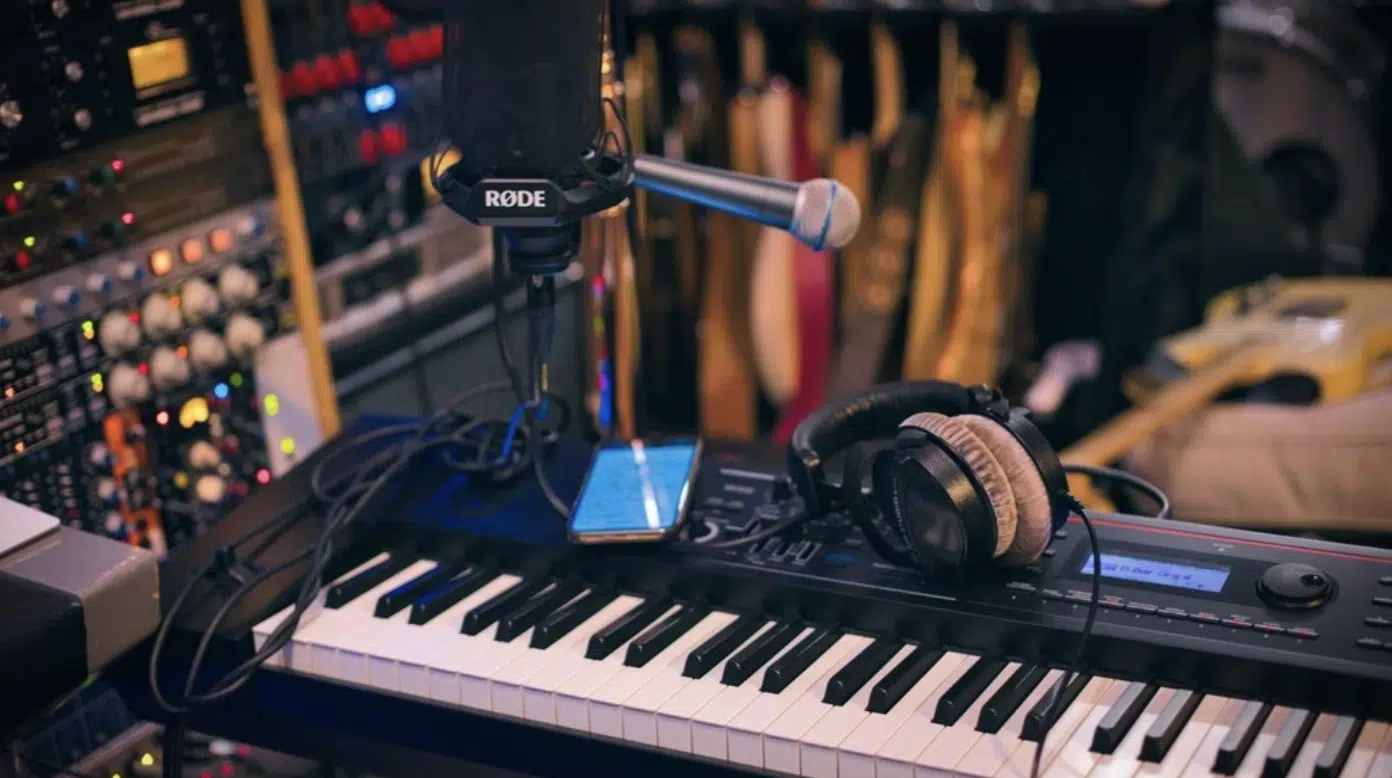
An intro, the first impression of any song, sets the tone for what’s to come.
The importance of this section in popular music is immense.
It’s the lure, the hook that captivates a listener within the first few seconds 一 enticing them to continue their auditory journey.
The intro carries the weight of first impressions, whether it’s:
- A catchy riff
- A captivating melody
- A intriguing soundbite
Conversely, outros provide closure.
They’re the final pages of a musical book, concluding the narrative and leaving the listener with a lasting emotion.
In many pop songs, outros often reiterate the chorus or the primary theme 一 ensuring the song’s essence lingers on even after the last note fades.
Intros and outros aren’t just about beginning and ending; they’re about making statements.
A powerful intro can turn a song into an instant hit, while a fire outro can evoke deep emotions and compel listeners to hit the replay button.
Given their importance in song form, intros and outros deserve careful attention.
They’re not mere bookends but pivotal segments that determine the listener’s overall experience.
In essence, a well-crafted intro can ensure audience engagement, while a thoughtful outro can make a song unforgettable.
-
Instrumental Solos and Breaks

Instrumental breaks or an instrumental solo can be a moment to highlight the beats and soundscapes of an entire song.
Public Enemy’s “Bring the Noise” showcases DJ Terminator X’s skills on the turntables 一 giving him a spotlight moment amidst the lyrical onslaught.
PRO TIP: Use instrumental breaks to introduce a new element or sample, or even to switch up the beat.
Consider how “Mask Off” by Future uses a flute sample, which became one of the most recognizable parts of the song.
Another iconic instrumental moment in hip-hop is the drum break from The Winstons’ “Amen, Brother” (commonly known as the Amen break).
This particular break has been sampled and reshaped in countless tracks, showcasing the power of a standout instrumental section.
Whether it’s a guitar solo in rock songs or eliminating the second and third chorus for a super intriguing break, the possibilities are truly endless.
Most Common Song Structures
The foundation of any song is their basic song structures.
Like the framework of a building, common song structures dictate the shape and flow of the music.
Across the vibrant tapestry of music history, certain structures have emerged as classics 一 standing the test of time and transcending different genres.
And within hip-hop, most common song structures have been embraced, adapted, and occasionally, entirely subverted.
Not only will understanding the most common song structures benefit your production process but, if you’re writing songs, it’s beneficial as well.
#1. Verse-Chorus (or AB) Song Structure

At its core, the verse-chorus form is a reflection of simplicity.
It’s a fundamental narrative form of many songs: set up the scene and then deliver a punch.
In music terms, the verse tells a story or paints a picture, while the chorus brings home a central theme or emotion.
This back-and-forth creates an engaging rhythmic dynamic, pulling listeners into the tale.
Hip-hop, as a genre deeply rooted in storytelling, often leans on this the verse-chorus form.
The verse provides an opportunity to delve deep into lyrical content, telling intricate tales of:
- Heartache
- Personal struggles
- Societal critiques
The chorus, meanwhile, serves as an anthem for most songs, a memorable hook that listeners can latch onto and sing along with.
Jay-Z’s “Empire State of Mind” provides a classic example.
The verses dive into detailed snapshots of New York life, from street corners to iconic landmarks.
Then, the chorus, delivered with power by Alicia Keys, captures the universal allure and magic of the city.
The beauty of the AB structure lies in its predictability, which is why it’s popular in your favorite pop song (most likely).
It’s a comfort zone for both the artist, producer, and listener.
The familiarity of the repeating chorus allows the message to resonate deeply, as the repeated refrain becomes an earworm.
#2. Verse-Pre-Chorus-Chorus (or ABC) Song Structure

The verse-pre-chorus-chorus (ABC) structure can be seen as a natural evolution of the AB format, adding a layer of build-up and anticipation with the introduction of the pre-chorus.
This serves as a bridge, heightening tension before the satisfying release of the chorus.
Within hip-hop, this verse-pre-chorus-chorus format offers an opportunity for even more layered storytelling.
The verse sets the scene, the pre-chorus amplifies the emotion or tension, and the chorus delivers a powerful message or sentiment.
This structure can take listeners on a more nuanced emotional journey.
Kendrick Lamar’s “HUMBLE.” showcases this verse-pre-chorus-chorus structure’s potential.
Each verse touches upon Lamar’s observations and reflections, the pre-chorus builds anticipation, and then the chorus hits with a commanding tone, urging listeners to “Sit down, be humble.”
The appeal of the ABC structure in hip-hop is the added dimension it provides.
By breaking away from the straightforward verse-chorus transition, the pre-chorus allows artists an extra space to experiment, play with rhythms, or introduce a new melodic element.
This enhances the song’s overall impact.
#3. Verse-Chorus-Verse-Chorus-Bridge-Chorus (or ABABCB) Song Structure

The verse-chorus-verse-chorus-bridge (ABABCB) format is akin to taking listeners on a scenic route through a song.
After establishing familiarity with the verse and chorus, the bridge serves as a refreshing detour.
Therefore, the verse-chorus-verse-chorus-bridge offers a new perspective or sound before returning to the familiar territory of the chorus.
Hip-hop artists have used this verse-chorus-verse-chorus-bridge structure to add depth and complexity to their narratives.
After setting up their stories with verses and choruses, the bridge can provide a:
- Plot twist
- Reflection
- A musical change of pace
A standout example is Drake’s “Hotline Bling.”
The verses and chorus revolve around themes of past relationships and change.
The bridge, however, introduces a momentary shift in focus and tone before reverting to the familiar chorus.
The verse-chorus-verse-chorus-bridge (ABABCB) structure keeps listeners on their toes.
By introducing an unexpected element halfway, the verse-chorus-verse-chorus-bridge re-engages attention.
As well as ensures that by the song’s end, the chorus is still just as fresh and captivating as the first time it played.
#4. AABA Song Structure
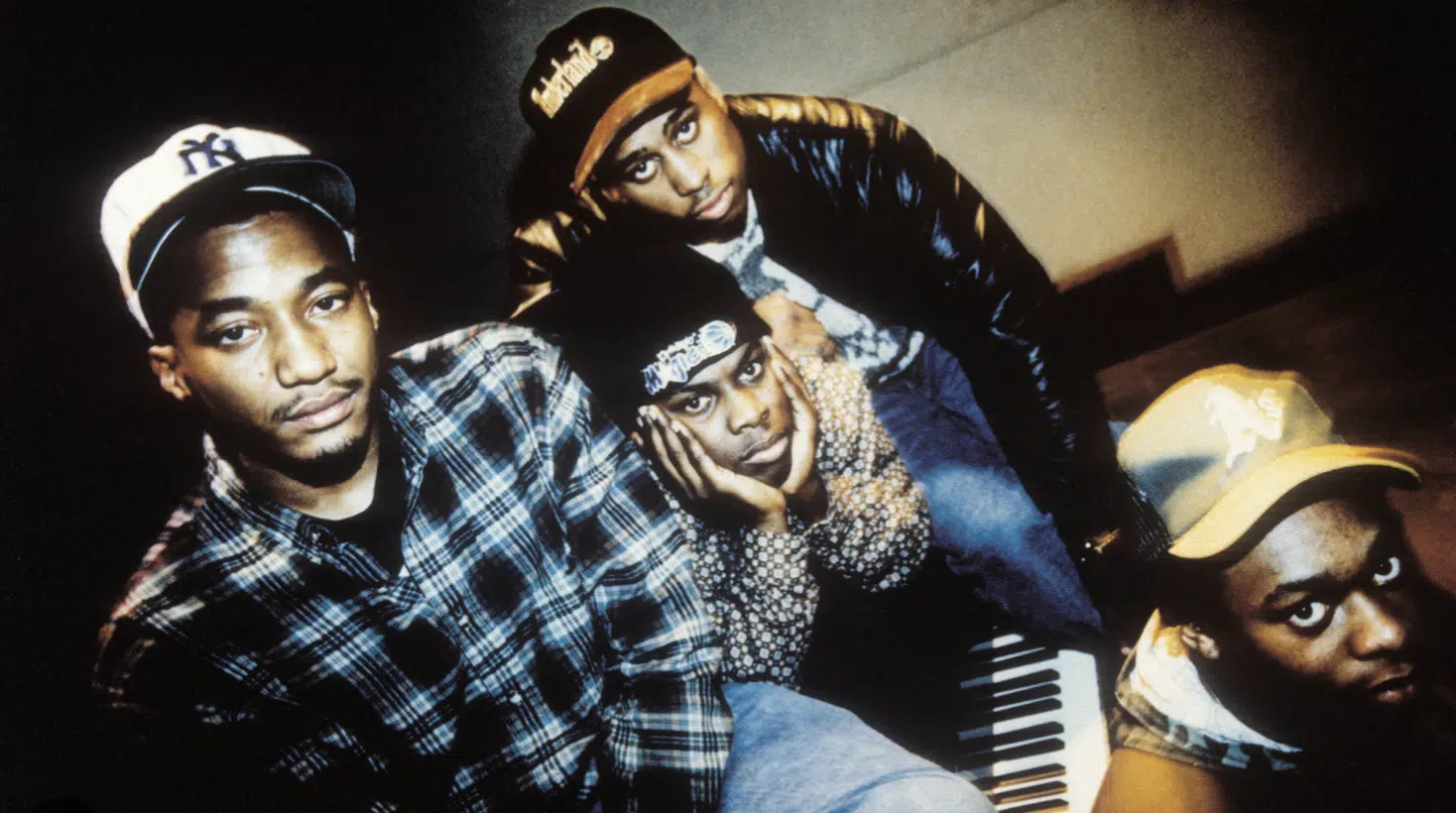
The AABA format is a nod to older, classic songwriting structures.
Here, two familiar sections are followed by a contrasting bridge, which then circles back to the initial theme.
It’s a journey of exploration and return.
While not as common in modern hip-hop, it provides an avenue for artists to experiment 一 especially those who draw inspiration from jazz, blues, or early pop.
The repetition of the ‘A’ section solidifies the theme, while the ‘B’ section offers a refreshing contrast.
In the realm of hip-hop, A Tribe Called Quest (above) often dabbled with this structure.
Their jazz-infused beats and rhythms often aligned with the AABA pattern, offering songs that felt both vintage and distinctly modern.
The draw of the AABA structure is its cyclical nature.
It creates a sense of completeness of the entire song by revisiting its starting point and provides a satisfying full-circle moment for listeners.
#5. Progressive Song Structures

Progressive structures represent the pioneering spirit of hip-hop and trap music.
Rather than adhering to defined common song structures, a song with a progressive structure continually evolves.
It never allows listeners to get too comfortable.
Artists who choose this song form are often looking to push boundaries 一 both in terms of musical composition and narrative storytelling.
Each segment of the song might:
- Introduce new themes, melodies, or rhythms
- Ensure a dynamic listening experience
Kendrick Lamar’s “Sing About Me, I’m Dying of Thirst” exemplifies this song form.
It’s a journey without repetitive hooks or choruses but offers a narrative that unfolds continuously.
Kanye West’s “Runaway” is another exemplar, introducing new musical elements throughout its extended runtime.
Progressive structures challenge the norms of songwriting.
They may not always guarantee commercial success due to their unconventional nature, but they serve as a testament to hip-hop’s enduring spirit of innovation and its refusal to be boxed in.
With these structures and more, hip-hop continues to prove its adaptability and ingenuity.
It combines old patterns with a fresh, good song structure and ensuring its position at the forefront of musical evolution.
Structuring with Chords and Progressions
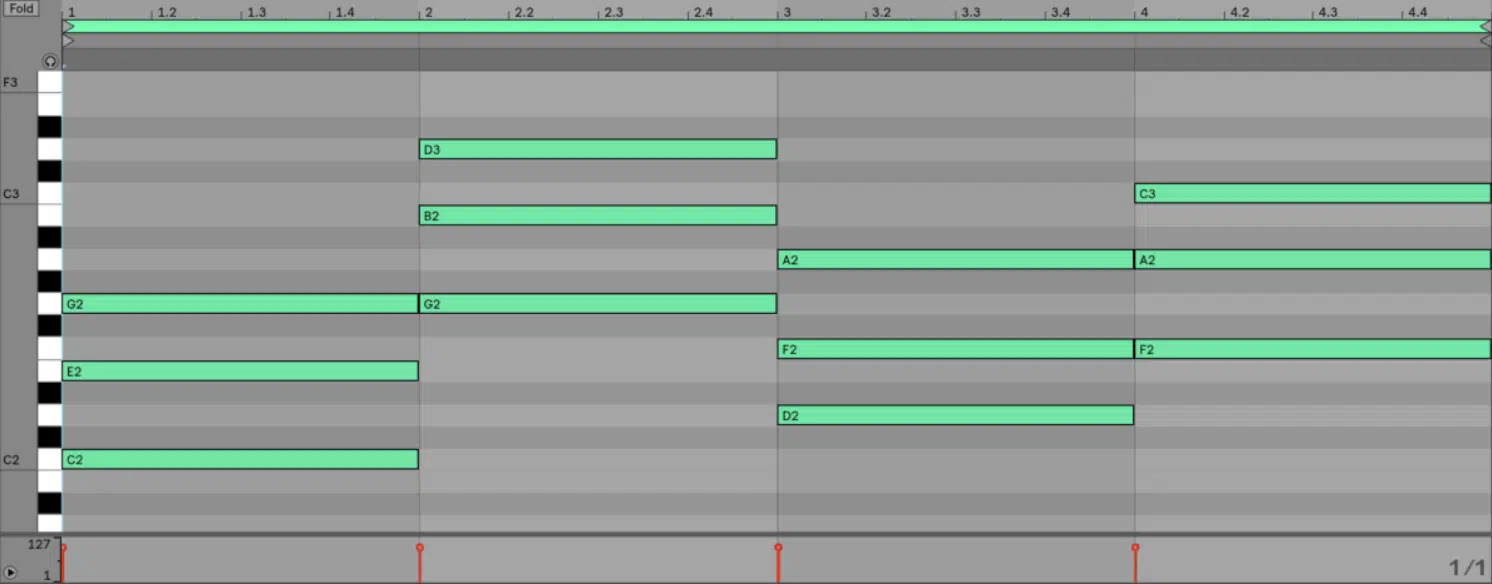
In the realm of hip-hop, the chordal foundation often sets the mood and direction of a track.
To truly appreciate its significance, we must first unravel the intricacies behind chord progressions.
This way, you can create the same music with a little extra flare.
At its core, a chord progression is a sequence of two or more chords during a segment of music.
It lays the foundational tonal structure and provides the emotional groundwork upon which melodies and rhythms can be constructed.
In hip-hop, chord progressions are essential as they establish the mood.
- A minor progression 一 Can set a melancholic or introspective tone.
- A major progression 一 Can feel uplifting or triumphant.
For hip-hop producers, understanding the relationship between chords is vital.
For instance, the II-V-I progression, rooted in jazz, offers a resolution that can evoke a feeling of conclusion or return.
Modulating between keys or employing secondary dominants can introduce tension and release in a track, providing a sense of movement and depth.
Iconic Hip-Hop Progressions
Now, let’s take a closer look about some of the most popular iconic hip-hop progressions in the game.
This way you can compliment a basic structure with a unique progression.
1. The Art of Sampling in Progressions

One defining characteristic of hip-hop has been the art of sampling.
Older jazz, funk, and soul tracks often get repurposed, with their iconic progressions becoming the backbone of new hip-hop tracks.
This intertwining of past and present not only pays homage to musical ancestors but also gives a timeless foundation to new creations.
2. Extended and Altered Chords
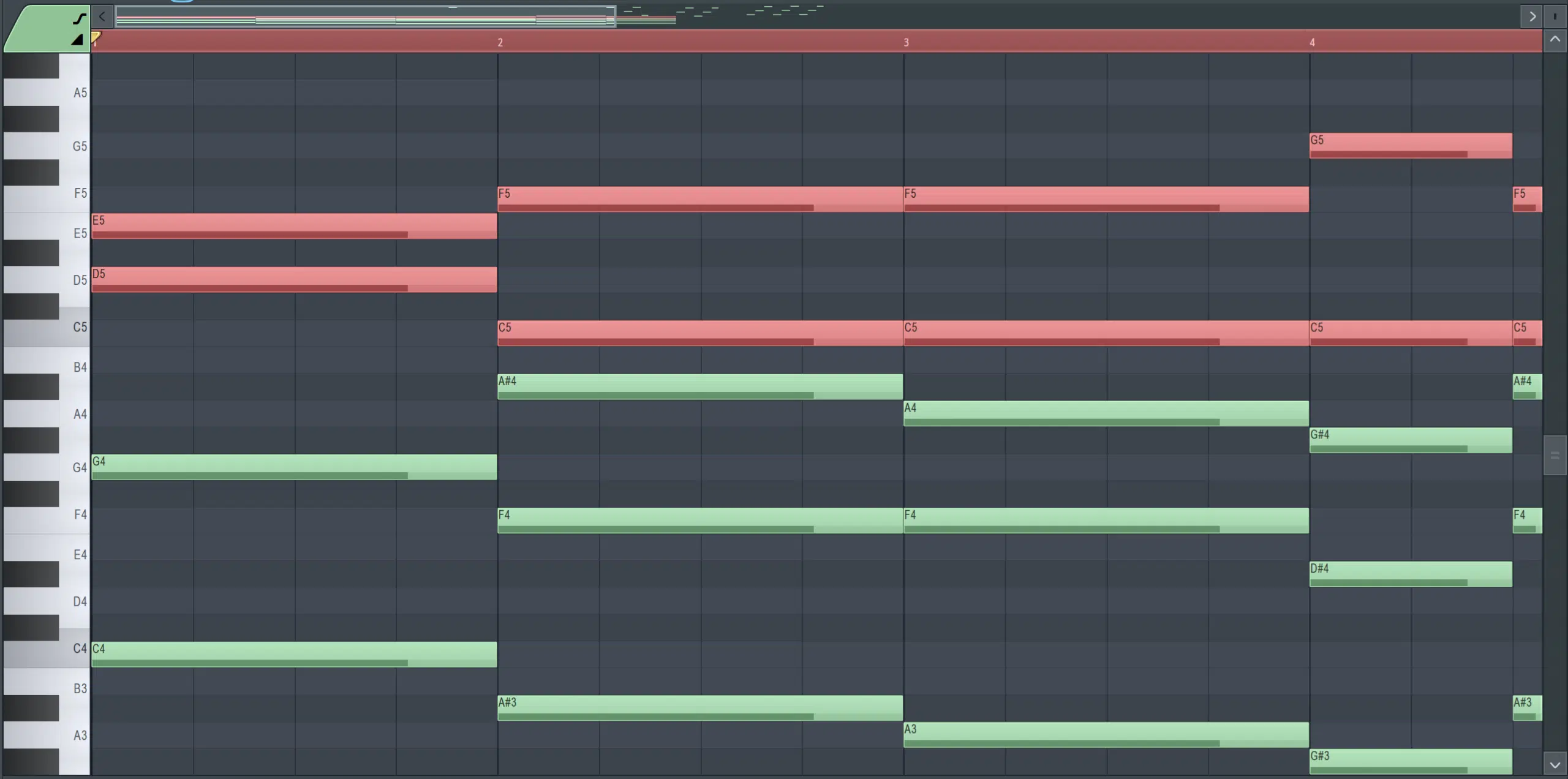
While traditional pop music might rely on major and minor triads, hip-hop often ventures into the realm of:
- Seventh chords
- Ninth chords
- Eleventh chords
These extended harmonies introduce layers of complexity, tension, and color, enriching the track’s sonic palette.
3. Modal Interplay

Hip-hop doesn’t shy away from borrowing elements from different modes.
A progression might seamlessly shift from the Dorian mode to the Aeolian, providing subtle emotional shifts that can intensify a track’s narrative.
4. Progressions as Storytellers

In hip-hop, chord progressions aren’t just background; they’re storytellers.
- A descending progression 一 Might signify a fall from grace.
- Cyclic, repetitive progressions 一 Can evoke feelings of being trapped or in a loop.
These musical patterns have the power to intensify the lyrical narrative, adding another layer of depth to the song.
It’s this interplay between lyrics and progressions that can completely transform a track from simply catchy to profoundly moving.
Exploring Beyond Traditional Chords
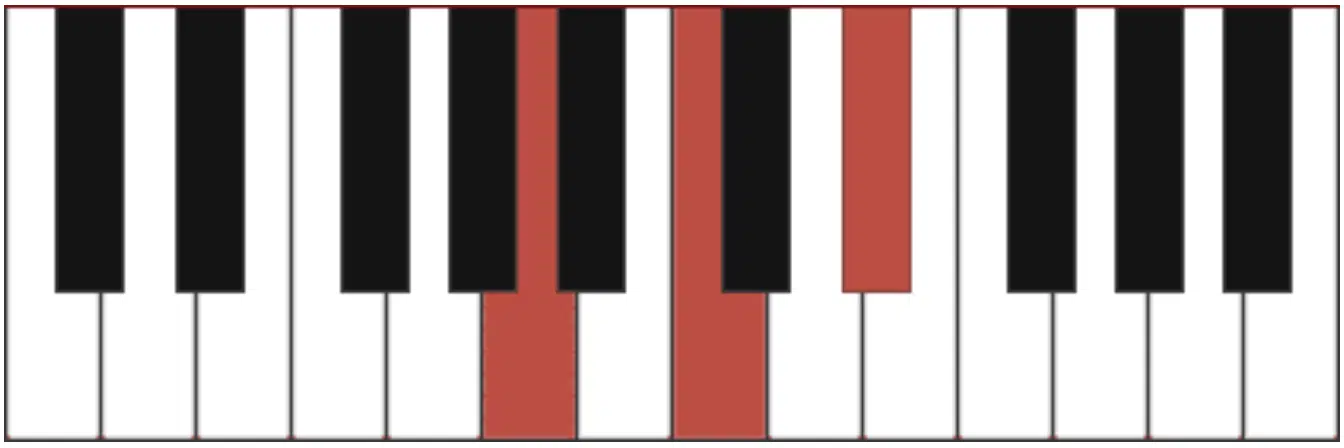
When hip-hop wants to introduce an otherworldly or eerie atmosphere, it might leverage non-traditional scales.
- The whole-tone scale 一 Can give a dreamlike quality.
- The diminished scale 一 Can introduce tension and drama.
Layering two chords, or using poly-chords, offers a world of harmonic richness.
This stacking can create moments of dissonance, surprise, and sophistication; challenging the listener’s expectations and offering fresh aural experiences.
While much of Western music relies on chords built from thirds, some hip-hop producers have ventured into quartal or quintal harmonies.
These chords, built on fourths or fifths, offer a spacious, open sound, and can lend a modern, avant-garde feel to a track.
Beyond the chords themselves, rhythm plays a vital role.
Syncopated chord patterns, where the emphasis is shifted from the strong to weak beats, can introduce a sense of unpredictability and excitement.
Beyond the Norm: Experimental Song Structures
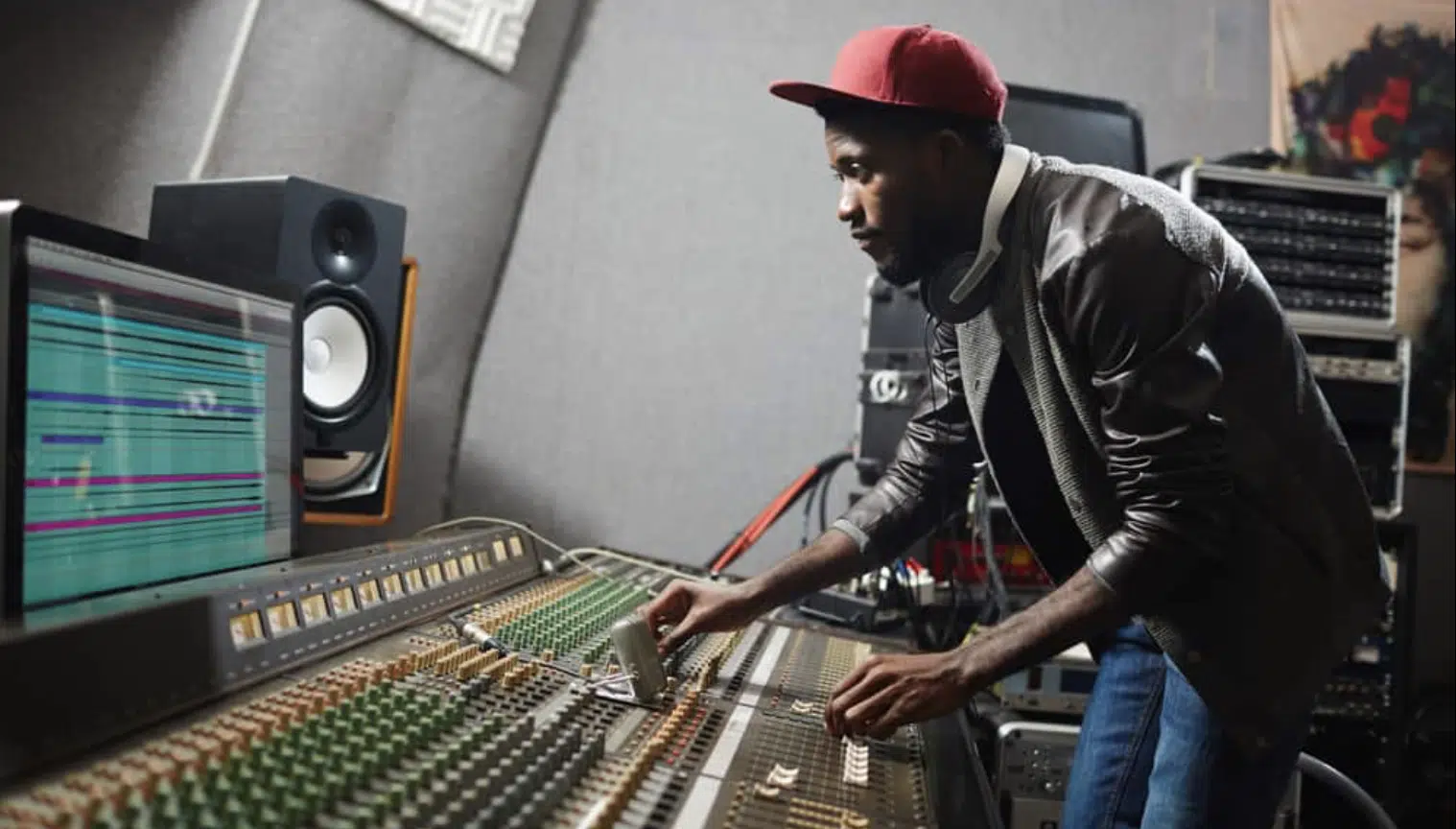
Modern hip-hop is no stranger to deconstructing traditional song structures.
It’s a reflection of the genre’s amazing evolution, unafraid to challenge established norms.
Time signatures, often fixed in older genres, are played with in hip-hop.
Transitioning from a standard 4/4 time to something more complex (like 5/4 or 7/8) within a track can create rhythmic intrigue.
Layering is another super beneficial tool…
By stacking vocal lines, integrating polyrhythms, or incorporating different melodic elements, a track can achieve dense, multifaceted textures.
Producers should approach structure as a malleable entity.
By breaking traditional forms, they can craft unique sonic narratives and offer listeners a refreshing experience.
Fusions & Crossovers
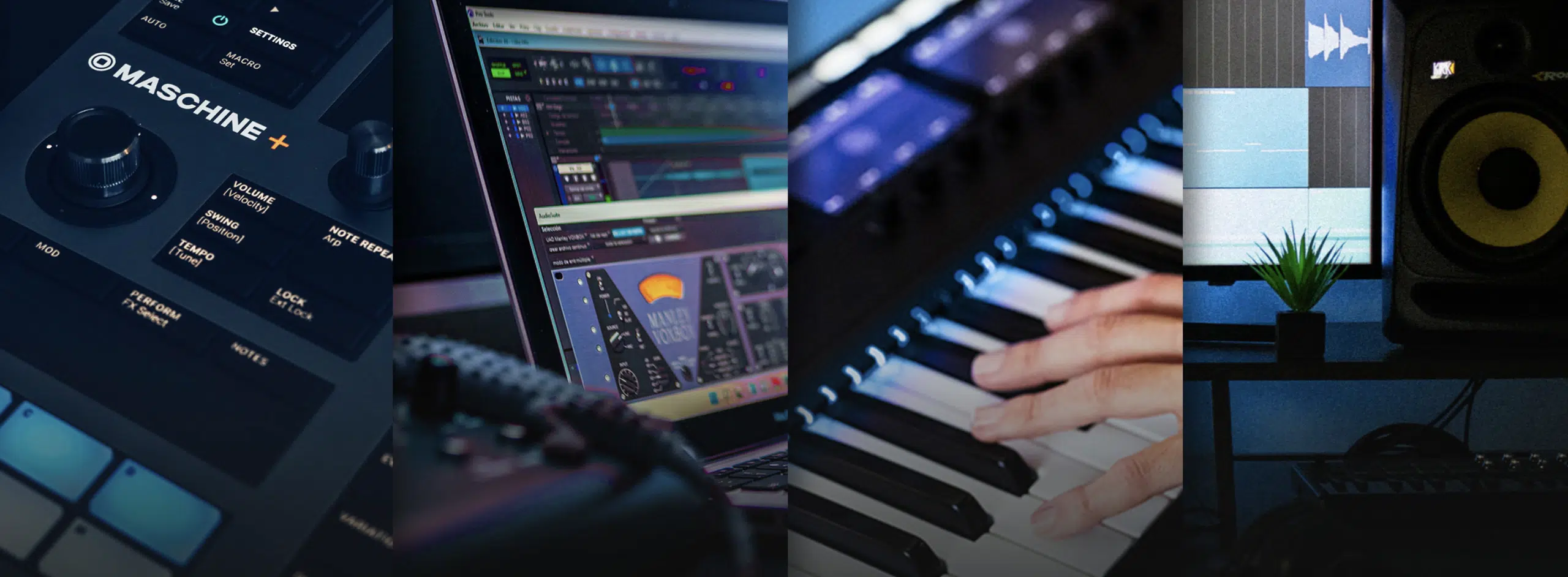
Hip-hop is a global phenomenon, and this global reach has led to fusions with diverse musical genres and can produce an intriguing musical structure.
Hip-hop has shown its versatility in integrating a world of sounds, whether it’s blending with afrobeat rhythms, middle Eastern scales, or asian instrumentation.
No one particular genre or experimental music stands out, as they’re all unique in their own ways.
Remember, all the big ideas and popular songs have that special ‘it’ factor, so mixing genres is the perfect way to find yours.
One of the most iconic fusions in hip-hop has been its relationship with jazz music and classical music.
From the improvisational elements, intricate chord progressions (to the use of brass and woodwinds), jazz has deeply influenced the structural and sonic profile of many hip-hop tracks.
By borrowing the aggressive guitar riffs or guitar solo, drum patterns, and even song structures from rock music, hip-hop has crafted tracks filled with raw energy and intensity.
This fusion has given birth to sub-genres and has expanded the boundaries of what hip-hop can sound like.
It can drive a song forward like no other, regardless of your musical taste.
With the rise of electronic music, hip-hop has also embraced modern music elements like:
This crossover has led to tracks that are club-ready while retaining the lyrical depth and rhythm that defines hip-hop.
Also, In recent years, the lines between hip-hop and pop music have increasingly blurred 一 leading to an explosive blend of beats, melodies, and lyrical prowess.
Artists from both genres are collaborating more than ever, merging the raw energy and storytelling of hip-hop with the catchy hooks and broad appeal of a pop song (or even dance music).
This confluence has not only expanded the musical landscape but has also resulted in chart-topping hit songs that truly capture the listener’s attention.
As boundaries continue to fade, this hybrid genre showcases the limitless possibilities when two musical titans come together.
Song Structure: Final Thoughts
Song structure is the backbone of every memorable track, shaping the listener’s journey from start to finish.
A well-crafted song structure can be the difference between a fleeting tune and an unforgettable anthem.
As producers navigate the world of songwriting and beat-making, understanding these structures becomes paramount.
But as with all skills, theory is only half the battle…
Enter: the free Famous Beatmaker Template Essentials.
Tailored for Ableton, FL Studio, and Logic Pro users, this resource provides a deep dive into the structures of hit tracks.
Rather than starting from scratch, the templates allow you to analyze, study, and even replicate elements from chart-topping songs.
This way, you can create your very own professionally-structured songs.
By deconstructing these tracks, you not only grasp the technicalities but also the artistry behind them.
With the insights gained, and the power of these templates at your fingertips, the stage is set for you to get on the top of the charts.
So, have fun, experiment and, most importantly, get creative!
Until next time…







Leave a Reply
You must belogged in to post a comment.